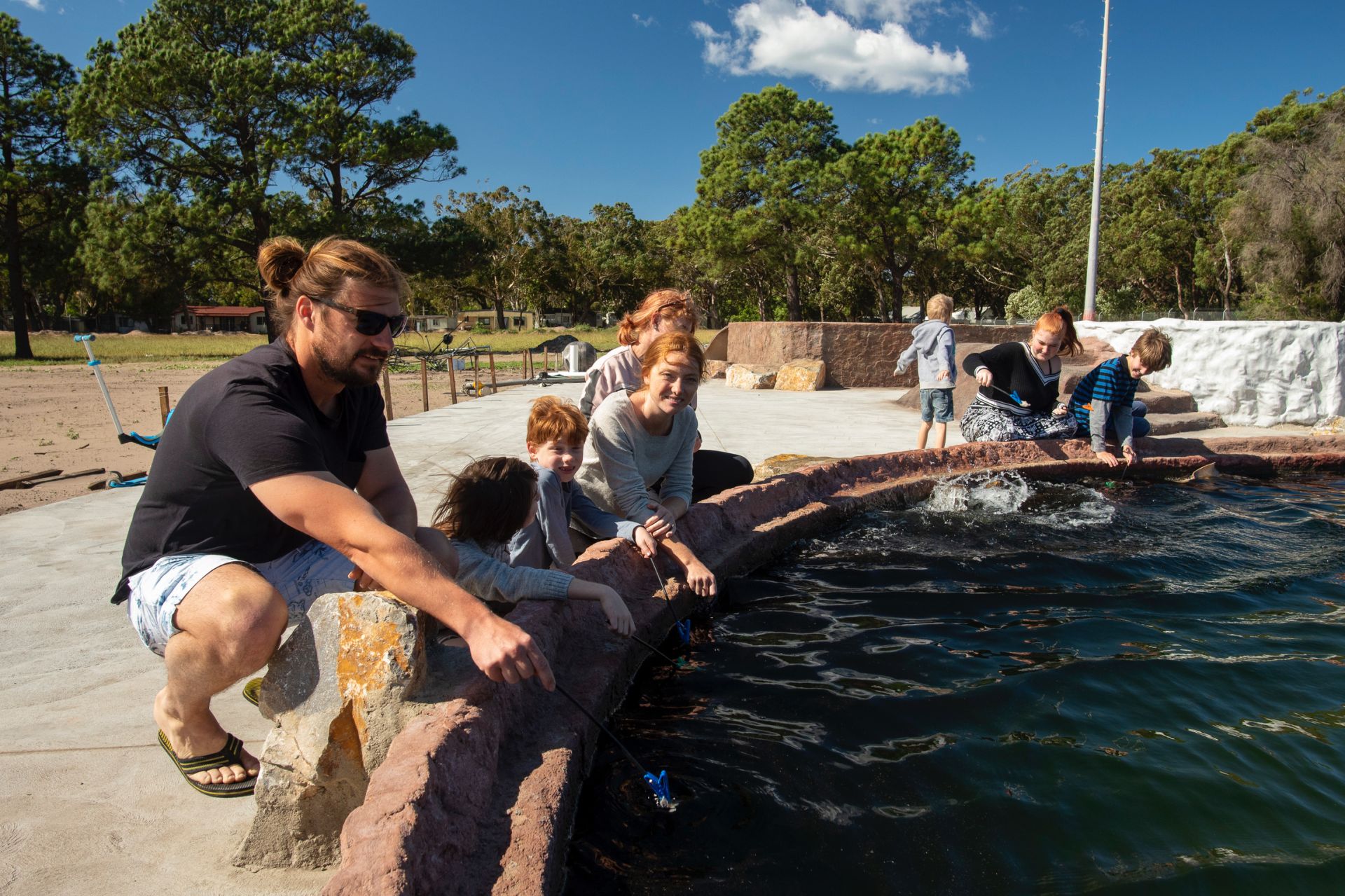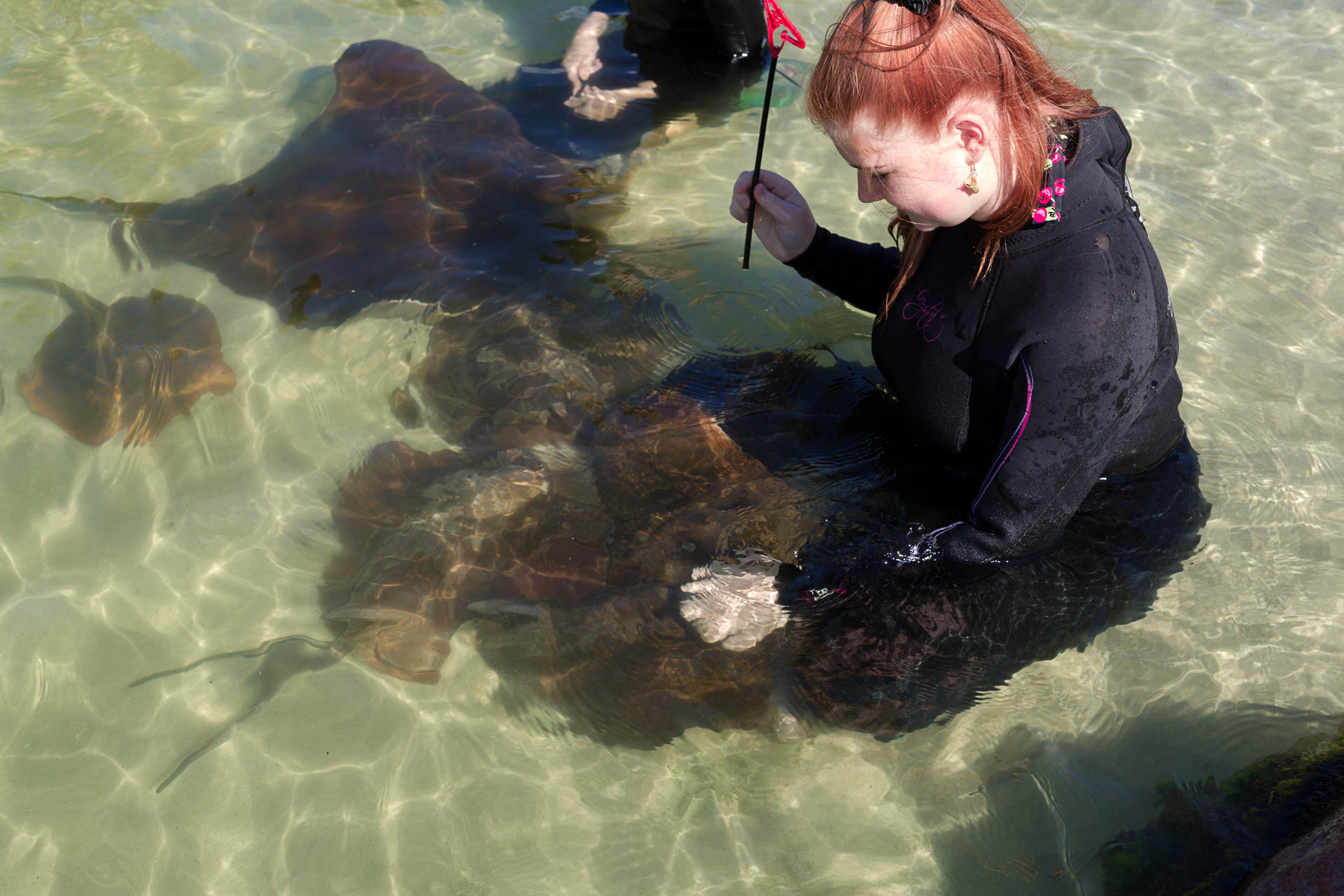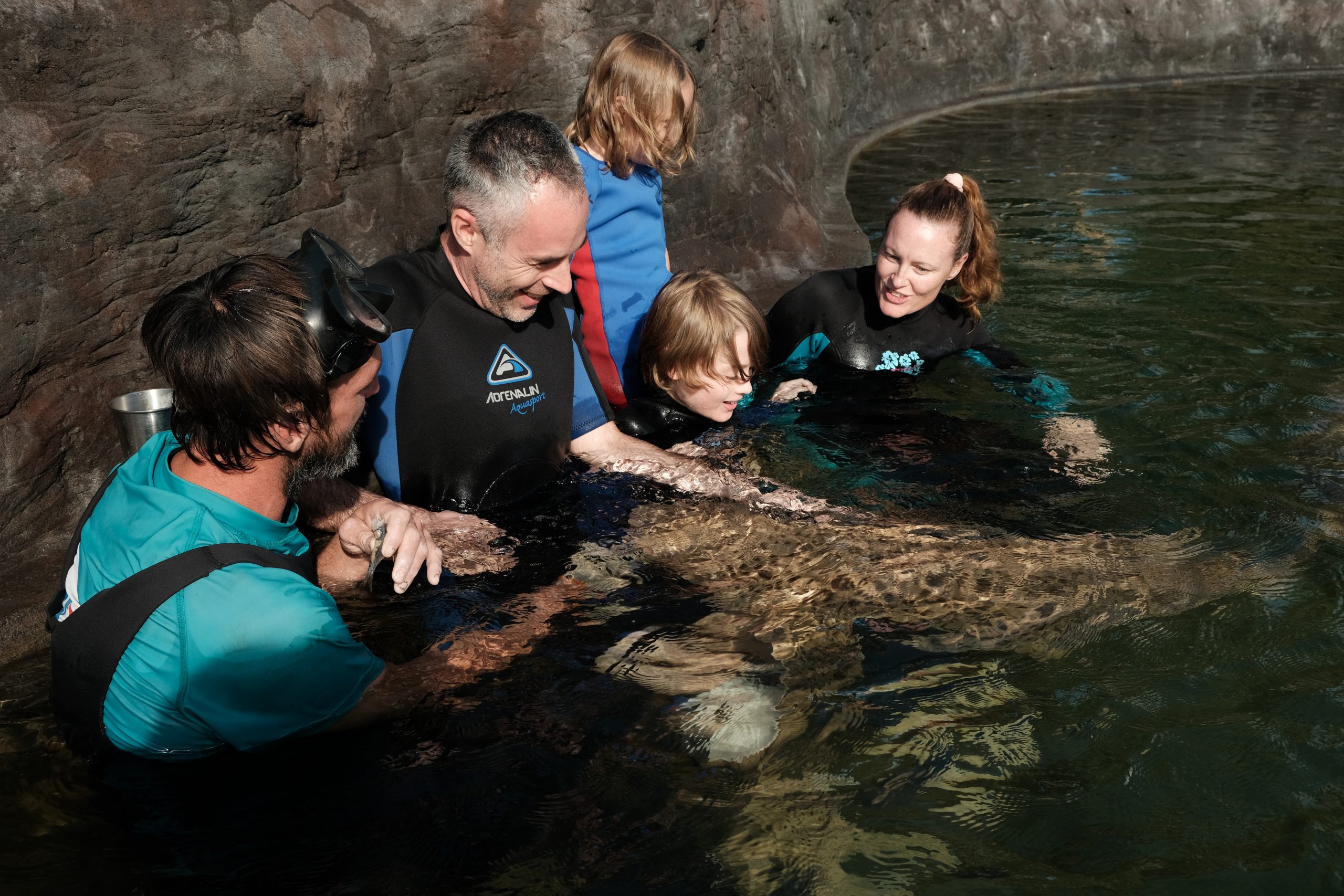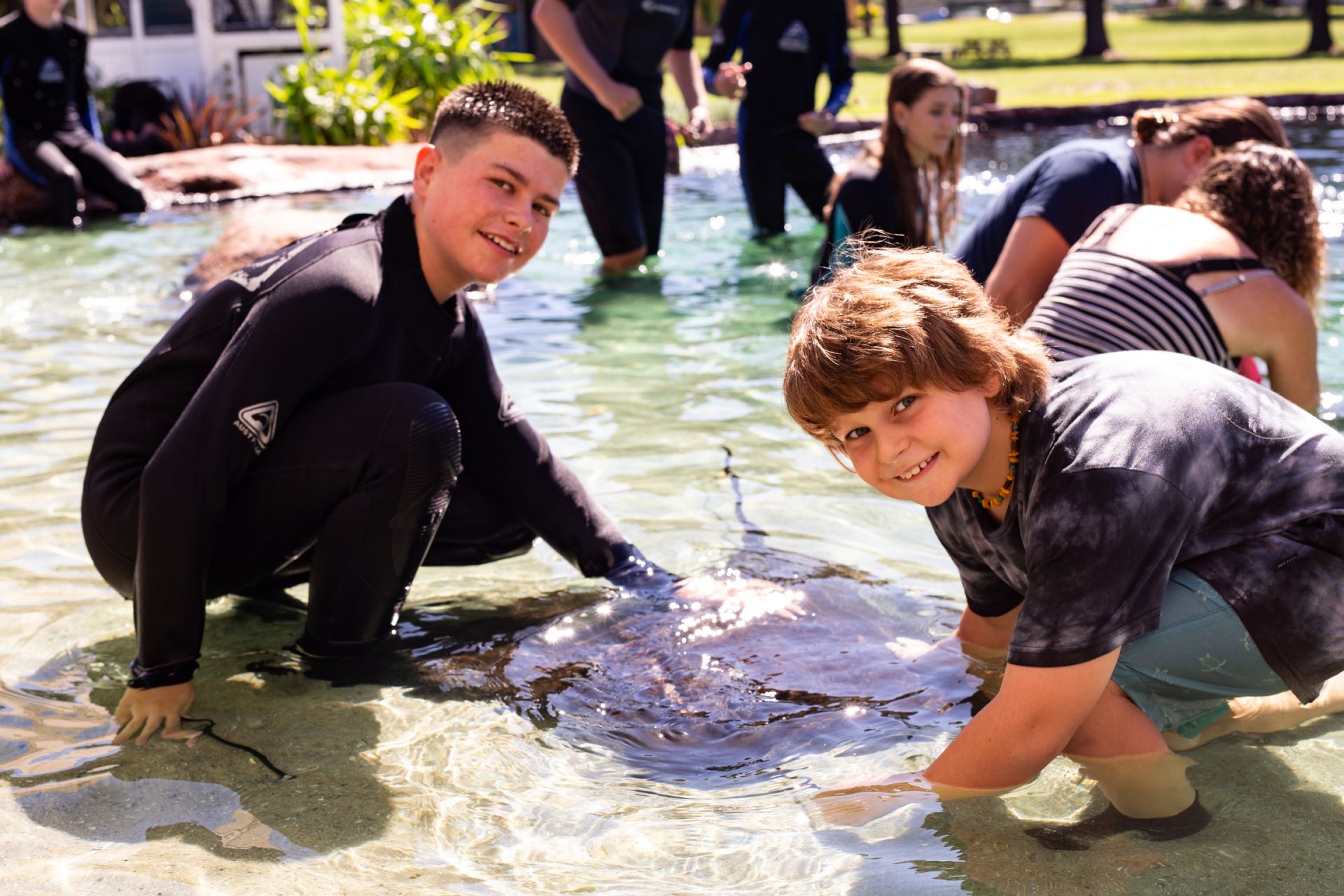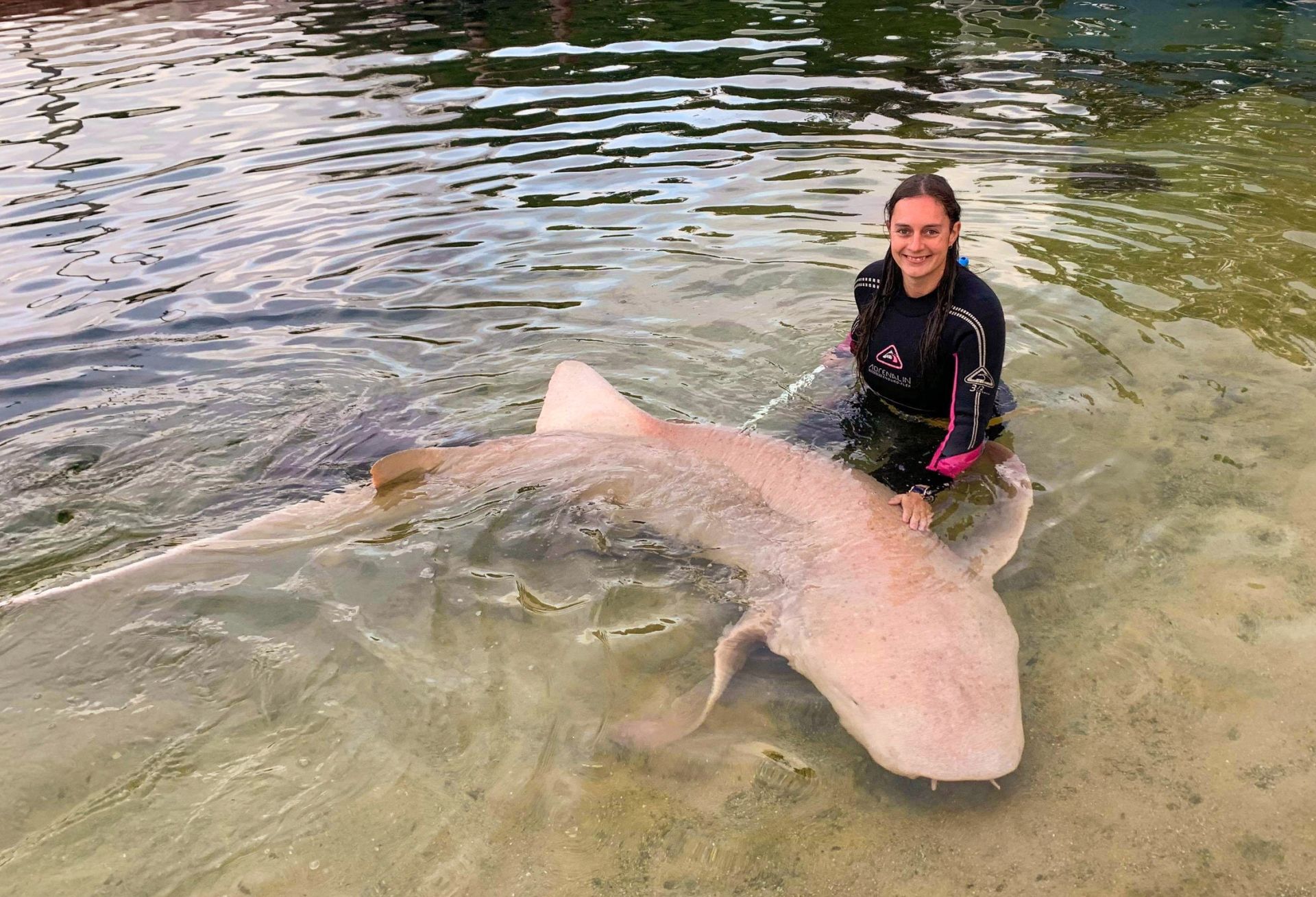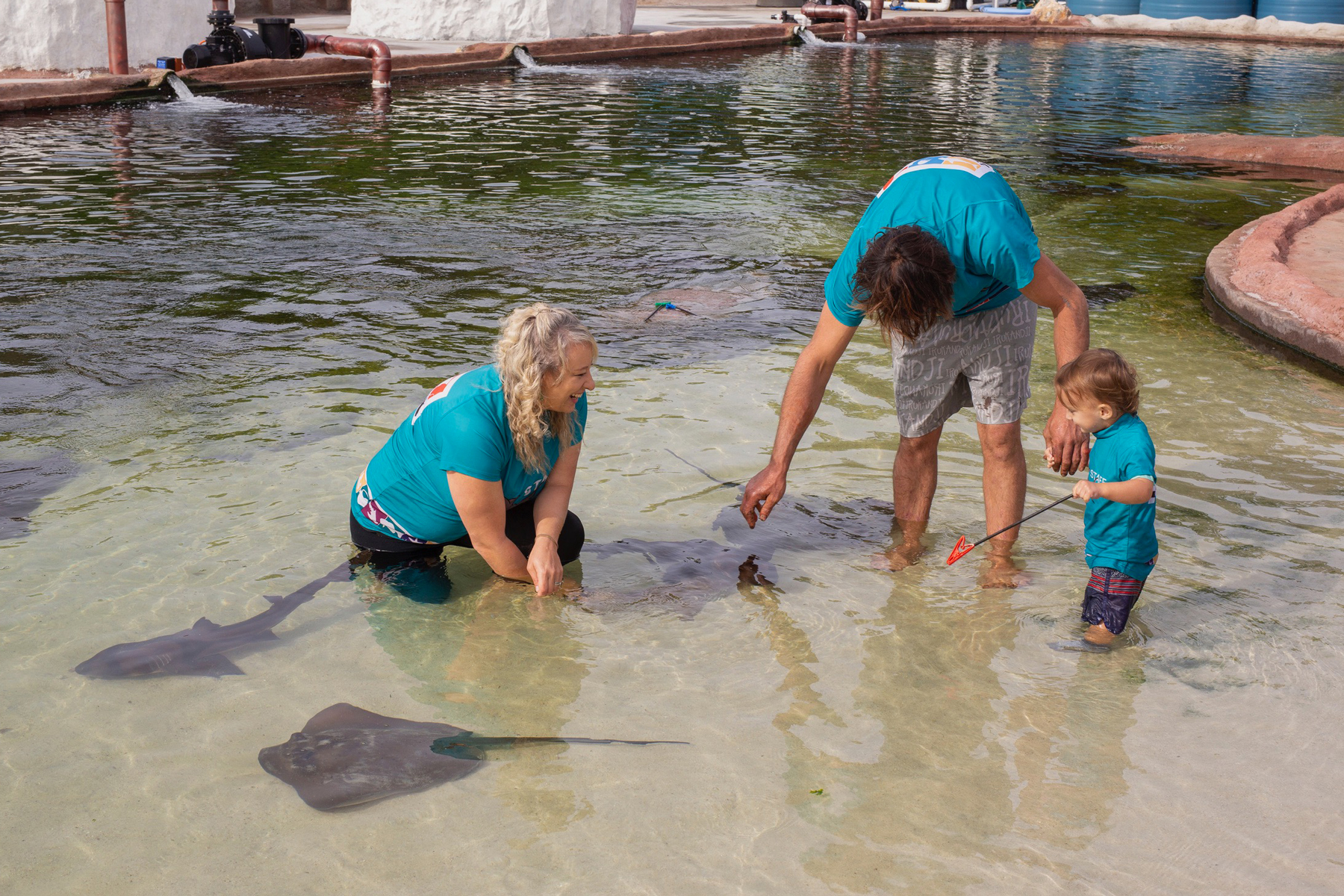WHERE WE ARE TODAY
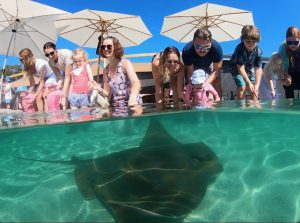
Where we are today is vastly different to what it was like in 2014 and even last year in 2021!
Phase one of our new facility opened in July 2020 and since then it’s been busier than ever! Even in the midst of Covid with border closures and hardly any overseas visitors, the new venue has proved it’s popularity. The main road location has increased visibility and walk-in traffic has been so abundant that on busy days we’ve even had to turn people away. Covid made us restrict our numbers but we found that keeping guest numbers down was most beneficial to everyone- the guests, staff and animals all have a more enjoyable time when crowds are kept to a minimum.
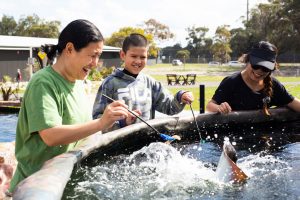 The new centre is much larger than our previous one, giving more room to our animals to move around in with over 430,000 litres of water more than the previous centre! It’s also meant that we’ve been able to add new activities for guests to enjoy such as deep-water snorkeling and private encounters with some of our bigger animals. These have proven to be very popular especially the zebra shark encounter which often books out in school holidays.
The new centre is much larger than our previous one, giving more room to our animals to move around in with over 430,000 litres of water more than the previous centre! It’s also meant that we’ve been able to add new activities for guests to enjoy such as deep-water snorkeling and private encounters with some of our bigger animals. These have proven to be very popular especially the zebra shark encounter which often books out in school holidays.
While our tours have changed from our old centre, the new encounters offer much more choice. Now you can choose to stay mostly dry, looking at our tropical indoor aquarium, nursery or even wading into our shallow beaches while just getting your feet wet. Or you can get your whole body in with a shallows encounter in a wetsuit, snorkelling and even big shark feeding! Either way, every visitor will learn so much through the guided interaction with an array of species. The sharks and rays reveal a whole new side that most never see due to their bad reputations. In reality they are incredible intelligent animals who amaze the visitors through a variety of captured natural behaviours, especially when they show a true desire to seek human attention creating passion and empathy toward their species.
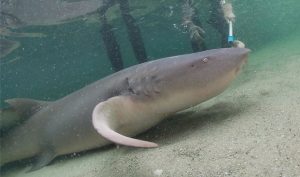
Everything in this new centre has been built to be as naturalistic as possible, with the focus on the animal’s welfare and lifestyle. Large lagoons with sandy shores, rocky reefs lots of caves, crevices and holes, and a strong current allows them to feel more comfortable, and also makes for great enrichment as they can explore, go into new caves, burrow under the sand and play in the current and bubbles.
Our new pools are their own mini ecosystems for our animals, and customers to enjoy.
In April 2022, the second phase of our development at Anna Bay was opened for holiday visitors to have a sneak peek at the new tropical lagoon in the outdoors before closing again to complete construction of the enclosure. By the time winter hits in 2022, the lagoon will be housed indoors in a warm, climate controlled building. It will be a great addition to the attraction and allow guests to be comfortable and happy all year round! It will also ensure optimal conditions for the tropical animals living in that lagoon including zebra sharks, tawny nurse sharks, leopard whiptail rays and the brand new white-tipped reef sharks.
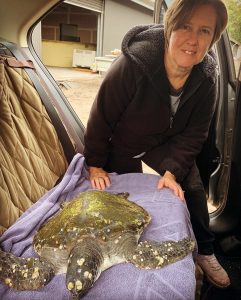
Our not-for-profit Sea Shelter is currently running out of Irukandji, to continue to provide rescues and rehabilitation for marine reptiles and fish. The quarantine area currently houses a variety of rescued animals, mostly sea turtles. We’ve successfully rehabilitated and released several turtles since moving into the new facility and as we expand we expect to see that number grow.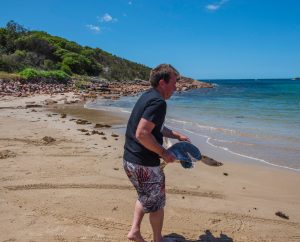
With the completion of phase 3, Irukandji will move into the new grand reception and cafe, freeing up the shed for the new Sea Shelter Marine Hospital. The building will have a dedicated rehabilitation centre so our local wildlife has a place to recover. This hospital will be only one of its kind for hours and will bridge the gap between Sydney and Coffs Harbour taking some pressure off Taronga Wildlife Hospital and increasing chances of successful rehabilitation.
Other phases in the next 5 years will include new exhibits like the jellyfish room including the infamous Irukandji; one of the most deadly things in the world, an extreme Shark Experience and some endangered fresh water species such as sea otters and fish.
Irukandji Shark & Ray Encounters has only been operating since November 2014, yet is already having a huge impact. What a wonderful opportunity to help change the world; Irukandji accepts the challenge with open arms/fins.
Our Beginnings
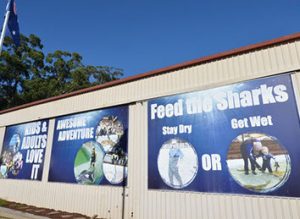
In 2014, Irukandji Shark & Ray Encounters purchased a previous business, renting in an old shed at Bob’s Farm and acquired all of the animals that came with it.
We immediately set out updating the animals habitat as it was completely artificial and bare, with no natural environment for them.
Countless hours were spent adding in sand and other substates for the animals comfort, rocks so they had places to rest and hide in, as well as other naturalistic features.
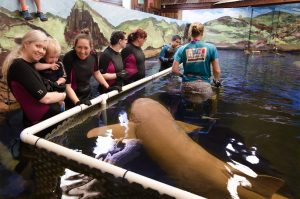
A state of the art heater/chiller was purchased that was able to heat up the entire lagoon. This allowed us to move the large, tropical sharks from a small shallow pool into the large lagoon where they would have more space to live.
Our animal’s health became our priority with continuous checks and vet care when needed.
We implemented water testing straight away so we could ensure the temperature and quality of the water was always up to the proper standards for them.
Through staff training based around customer service and animal welfare, new, interactive and educational tours, and a strong commitment for conserving our oceans and planet, Irukandji became what we are known for today, a local education and conservation hub.
After creating a successful space to educate, share experiences and care for animals, it was finally time to build a brand new centre in a new location!


